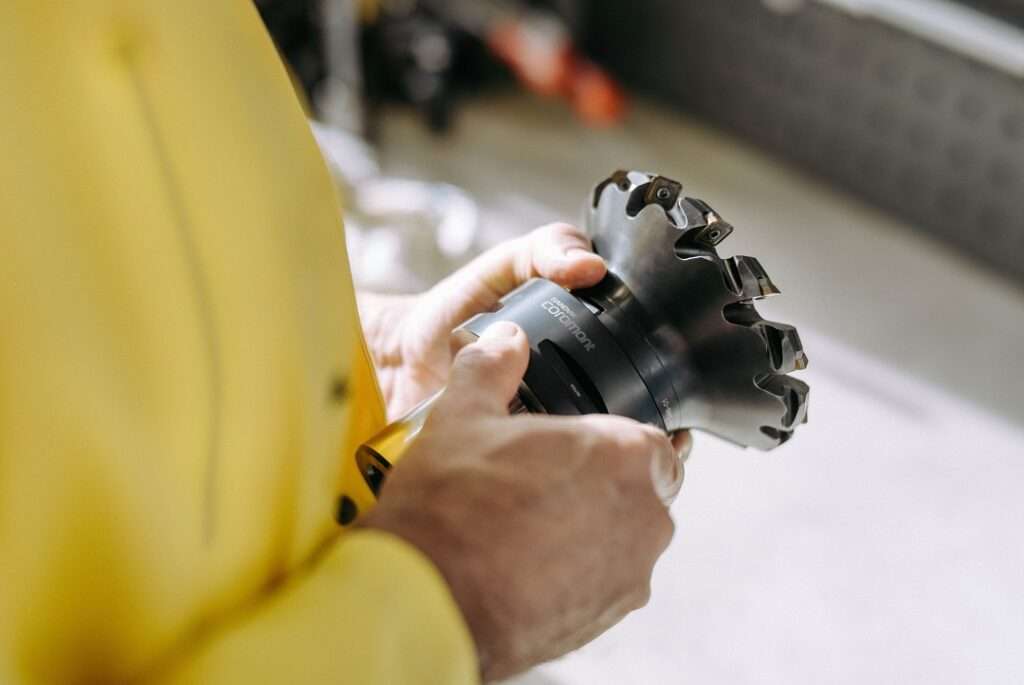The transition to EV presents significant challenges for automakers, primarily due to the difficulties in achieving profitable margins and scaling operations within the EV segment. This perspective is underscored by a recent research report from Bernstein, which highlights the complexities faced by traditional manufacturers as they navigate this evolving landscape.
The report emphasizes that even with considerable financial incentives, generating adequate profit margins and expanding in the EV market remains a formidable task. A growing number of traditional automakers are reporting losses, leading analysts to predict that only a select few will maintain a competitive edge in the long run.
“It is quite challenging to secure sufficient margins and achieve scale in the EV sector. Despite the substantial incentives offered, many established original equipment manufacturers (OEMs) are still unprofitable,” the report asserts.
It further states, “Currently, the EV industry is heavily dependent on incentives, and to disrupt the internal combustion engine (ICE) sector, there needs to be a concentrated effort towards achieving scale and ongoing cost reductions.”
The findings suggest that while some niche startups may find a way to endure, their long-term market share is expected to remain relatively small. The competition in the EV market is likely to be dominated by established OEMs, who have more resources and experience in the automotive sector.
According to Bernstein, among India’s leading two-wheeler manufacturers, both Bajaj Auto and TVS Motors are on a comparable level in the EV landscape, while Hero MotoCorp is trailing behind. Eicher Motors, which is anticipated to launch its electric vehicles in the near future, is projected to be under-scaled and less significant within the market.
Bernstein has given Bajaj Auto an “Outperform” rating based on its favorable valuations, while TVS, Hero, and Eicher are assessed as “Market Perform.” The report also sheds light on Ola Electric (Ola-E), a startup within the EV two-wheeler sector, which has successfully generated positive operating earnings before interest, taxes, depreciation, and amortization (EBITDA) from its high-end models, such as the S1 Pro and S1 Air.
However, it is incurring losses on its more affordable mass-market offering, the S1X. In contrast, TVS Motors is estimated to be facing an EBITDA loss of around 7.5 percent, which translates to approximately ₹11,000 per vehicle, even while achieving a gross profit margin of roughly 7 percent without relying on subsidies.
Bajaj Auto, on the other hand, is contending with a more significant EBITDA loss of 10.5 percent, equating to around ₹15,000 per vehicle, and is also experiencing losses at the gross profit level without subsidy support. The Bernstein report notes, “Our analysis indicates that Ola-E is successfully generating positive operating EBITDA from its premium models, like the S1 Pro and S1 Air, while simultaneously incurring losses on its mass-market model, the S1X.”
Furthermore, the report highlights that the overall electric two-wheeler industry in India generates approximately USD 1.3 billion in annual revenues, but it simultaneously faces an estimated EBIT loss ranging from USD 300 million to USD 400 million in the absence of governmental incentives.
Notably, the report points out that recent benefits from the Goods and Services Tax (GST) have played a role in narrowing the price disparity between electric vehicles and internal combustion engine vehicles. Currently, the electric vehicle industry remains significantly reliant on governmental incentives and subsidies to thrive.
To remain competitive, the sector will require ongoing focus, large-scale operations, and substantial cost reductions to effectively penetrate the traditional internal combustion engine market. The Bernstein report posits that only a select group of dominant startups is likely to emerge as mainstream players in the EV market, while traditional OEMs will continue to vie for market share in this rapidly evolving and competitive landscape.







